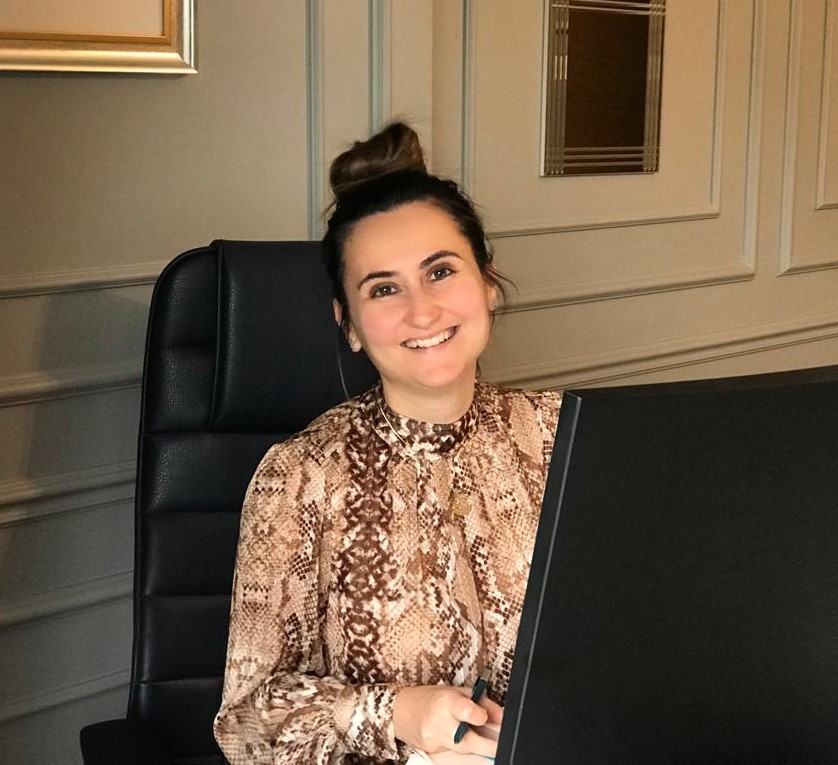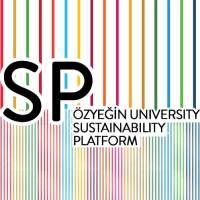Modeling of Bio-MOFs for Uremic Toxin Separation

Project Manager:
İlknur Eruçar Fındıkçı
Section:
Natural and Mathematical Sciences
Research Areas:
Materials Engineering, metal organic frameworks, uremic toxin separation
Project Start Year:
2018
Project End Year:
2021
Phone:
0 (216) 564 9297
E-Mail:

About the Project:
Renal failure is an important disease caused by the inability of the kidneys to discharge the metabolism products and excess fluid. Hemodialysis is the most commonly used method in the treatment of renal failure. Hemodialysis removes blood from uremic toxins using a semi-permeable membrane. However, this method is very inconvenient for patients because it requires long treatment time in dialysis centers. Therefore, developing practical and accessible new methods is significant. Recently, metal organic frameworks (MOF) have attracted attention due to their large surface areas, porous structures and tunable chemical and physical properties. In this study, we aimed to assses the potential of bio-compatible MOFs (bio-MOFs) for artificial kidney applications. There are approximately a hundred thousand MOFs synthesized so far in the literature. It is challenging to test so many materials for artificial kidney applications with individual experimental methods. In this project, biocompatible MOFs were first identified from these materials and a bio-MOF database was created. The amount of harmful substances such as creatinine and urea in the blood is mainly determined to evaluate renal function. Therefore, creatinine and urea uptakes and their diffusion coefficients within the pores of bio-MOFs were calculated using atomically-detailed simulations. First, using the Grand Canonical Monte Carlo (GCMC) method, adsorption curves of uremic toxins in the pores of bio-MOFs were calculated at body temperature as a single component and as a binary/ternary mixture. Second, the transport of uremic toxins in the pores was examined using Molecular Dynamics (MD) simulations. Interactions between uremic toxins and bio-MOFs were investigated and adsorption, diffusion and membrane selectivities were calculated. Finally, the performance of bio-MOFs was compared to other groups of porous materials recommended in the literature for artificial kidney applications. Results reveal the performance of bio-MOFs for use in artificial kidney applications as adsorbents and membranes.
Project Finding:
Peer-reviewed International Journals: (1)Gulcay, E., Erucar, I. Biocompatible MOFs for storage and separation of O2: A molecular simulation study, Industrial & Engineering Chemistry Research, 58, 8 (2019).(2)Akkoca Palabıyık, B., Batyrow, M, Erucar, I. Computational investigations of Bio-MOF membranes for uremic toxin separation, Separation and Purification Technology, 281, 119852 (2022). (3) Yildiz, T., Erucar, I. Revealing the Performance of Bio-MOFs for Adsorption-Based Uremic Toxin Separation using Molecular Simulations, Chemical Engineering Journal, 134263, (2022). International Conference Presentations: (1) 8th Conference of the Federation of European Zeolite Associations (FEZA 2021), 5-7 Temmuz 2021, Büşra Palabıyık ve İlknur Erucar, “Molecular Simulations of Bio-MOF Membranes for Uremic Toxin Separation”. (Poster) (2) 8th Conference of the Federation of European Zeolite Associations (FEZA 2021), 5-7 Temmuz 2021, Taner Yıldız ve İlknur Erucar, “Computational Investigations of Metal Organic Frameworks for Adsorption-based Uremic Toxin Separation”. (Poster) (3) 1st TR-MOF Conference, 16-17 Eylül 2019, İlknur Erucar, “Computational Investigations of Bio-compatible MOFs for Storage and Separation of O2”. (Invited Talk), (4)MOF-2018: 6th International Conference on Metal Organic Frameworks & Open Framework Compounds, 9-13 Aralık 2018, Auckland, New Zealand, Ezgi Gülçay ve İlknur Erucar, “Computational Screening of Bio-compatible Metal-Organic Frameworks for Oxygen Capture”. (Talk)
Goal:
SDG 3
Keywords:
Metal organic framework, uremic toxin, adsorption, diffusion, molecular simulation
